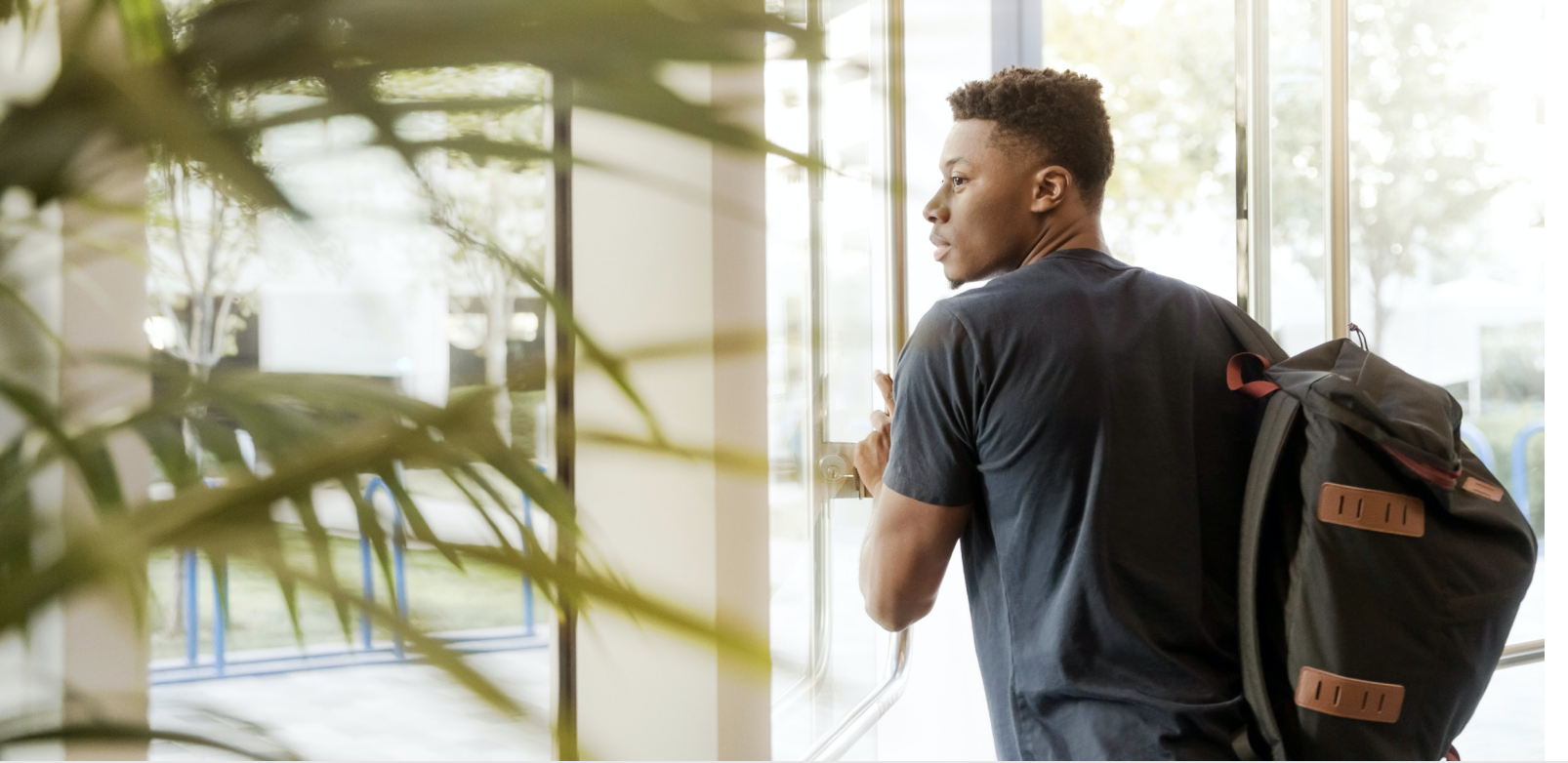Historically Black Colleges and Universities and Performance-Based Funding: A Systematic Review of the Literature (2024)
This paper examined how performance-based funding (PBF) policies shape institutional performance and student outcomes for public four-year or above historically
Black colleges and universities (HBCUs). By conducting a systematic review of the
literature, the findings expanded on two main areas, as underscored by the pieces
reviewed: (a) how the implementation of PBF policies across states impacts public
four-year or above HBCUs, and (b) the intended and unintended consequences of
PBF policy on public four-year or above HBCUs. The review of the literature largely
indicated that public HBCUs continue to feel the burden of long-term disinvestment
and lack of policy planning that is attentive to their histories, mission, and needs.
Although researchers are still evaluating the impact of PBF policies on institutional
performance and student outcomes based on PBF 2.0, the literature has affirmed that
PBF 1.0 has negatively impacted student performance, raising several concerns about
the future of HBCUs.

